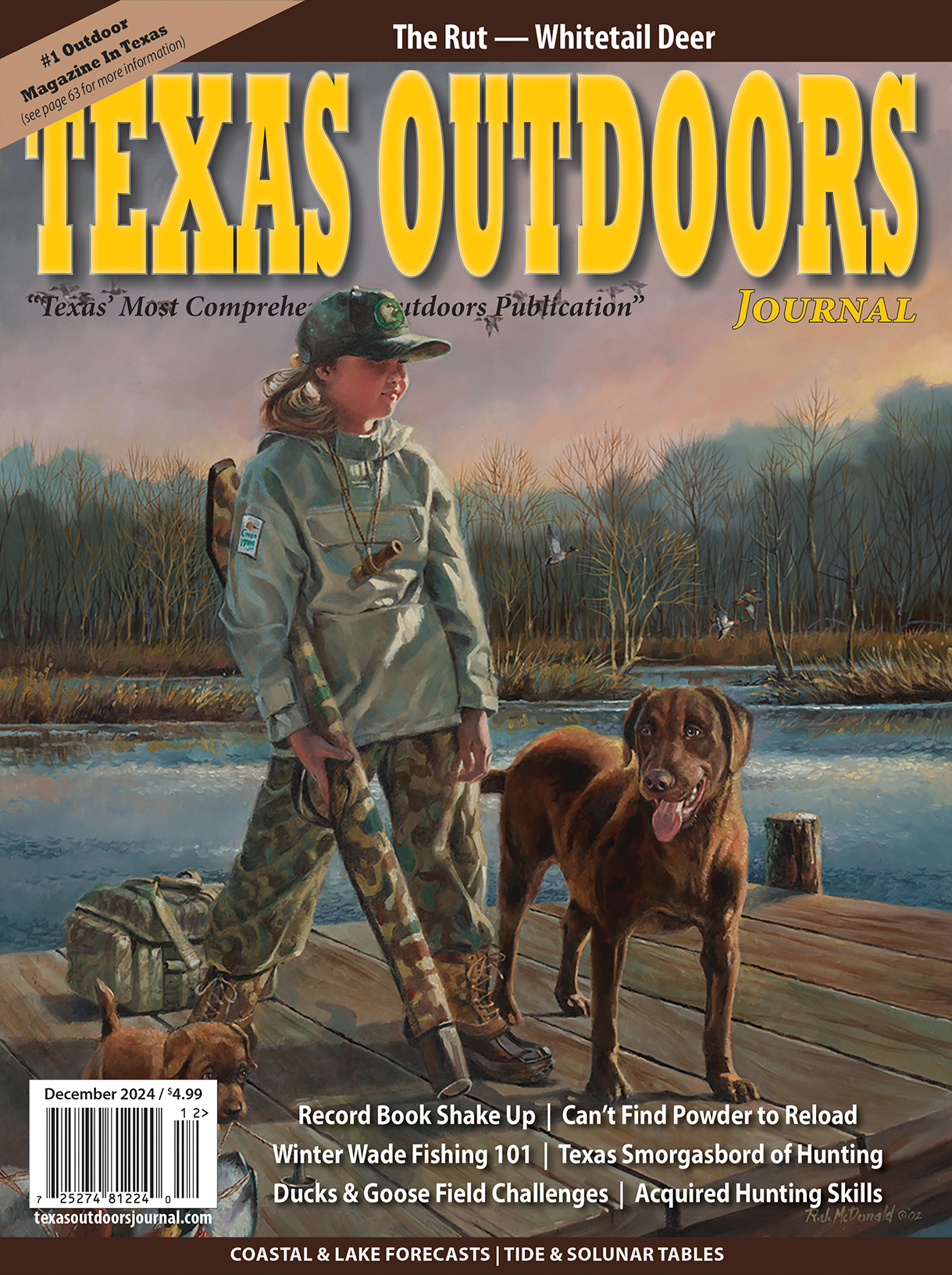
Texas Deer Hunting Season Opens Saturday
Flooding Aftermath Delivers Greener Pastures
AUSTIN – Texas hunters will see greener pastures and possibly fewer deer coming to the feeders in early November when the general season kicks off Saturday statewide. But, despite dry conditions earlier this summer hunters could be pleasantly surprised with the antler quality of bucks they do find.
An abundance of new plant growth flooding the Texas landscape with green in the aftermath of the recent storms should provide a boost for white-tailed deer, according to the Texas Parks and Wildlife Department.
“There’s a huge flush of green, like a giant food plot, so that’s good for the deer,” said Alan Cain, TPWD deer program leader. “Hunters may need to adjust their hunting strategies to find deer that may not be readily seeking out corn because of the green conditions, but the benefit for bucks coming out of the rut and for bred does should set the stage for a good spring.”
The season opens Nov. 3 and runs through Jan. 6, 2019 in North Texas, and Jan. 20, 2019 in South Texas. A late youth-only season is also slated for Jan. 7-20, 2019. For additional late season deer hunting opportunities and county specific regulations, consult the 2018-19 Outdoor Annual of hunting and fishing regulations.
While floods ravaged much of the Hill Country recently, Cain said deer and other wildlife likely will not be impacted long term. “The flooding displaced deer temporarily, but they’ll move back as the waters subside,” he noted. “Hunters might notice deer have shifted around into areas they haven’t seen them in before, but as things settle down they’ll move back into their usual areas.”
He also urges hunters to check feeders and dispose of any wet or spoiled corn, which can lead to aflatoxins.
Hunters are also reminded to review the TPWD chronic wasting disease regulations for information about CWD testing requirements and carcass movement restrictions for the 2018-19 season. Also as a reminder, Texas hunters harvesting deer, elk, moose, or other susceptible species in other CWD-positive states must also comply with carcass movement restrictions when bringing those harvested animals back into Texas. Additionally, the Texas Animal Health Commission has statewide mandatory testing requirements that apply to elk, red deer, sika, moose, and reindeer. Samples taken in the Panhandle CWD zones are also being examined for bovine tuberculosis (TB). Although this disease has not been discovered in Texas deer, reports of bovine TB elsewhere have heightened public concerns. While it is highly unlikely to encounter a deer with TB, hunters, landowners, processors and taxidermists should be encouraged to report any suspicious appearing animals.
The recent green up provides a stark contrast from earlier in the year when a lack of consistent and uniform distribution of rainfall during the spring and early summer left the Texas landscape dotted with a patchwork of habitat conditions. TPWD wildlife biologists observed the majority of the state had reasonable forb production and good brush green-up back in the spring, which provided a good foundation of native forage to get deer off to a good start in terms of antler growth and fawn production.
“I think based on what we’ve seen coming in during archery season, hunters should be pleasantly surprised with antler quality,” Cain predicted. “Overall, I’m fairly optimistic about the 2018 deer season.”








